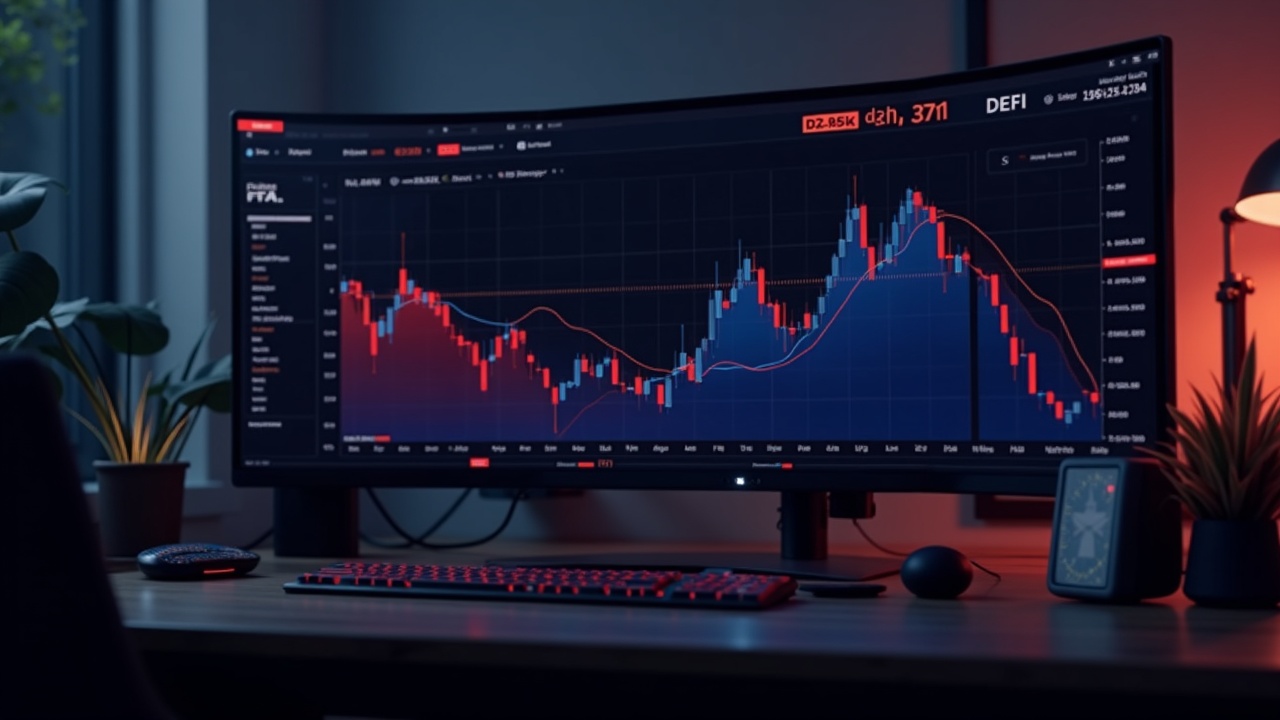On November 14, 2025, the DeFi sector felt a notable tremor as two of its cornerstone assets, Aave (AAVE) and Uniswap (UNI), saw their values decline significantly. This simultaneous drop underscored the interconnected nature of the crypto market and prompted a closer look at the underlying fundamentals of these leading protocols.
A Snapshot of the Downturn
In early November, both AAVE and UNI experienced a sharp correction. AAVE’s price fell to around $199.62 on November 3rd, part of a broader negative trend that saw the token drop over 21% in a single month. Market sentiment at the time was overwhelmingly bearish, with a significant majority of technical indicators pointing toward further negative pressure for AAVE.
Uniswap’s UNI token mirrored this downward movement, with its price also retreating during this period. This pullback occurred even amid positive long-term developments for the protocol, suggesting that short-term market sentiment was overpowering strong fundamentals.
Looking Deeper Than the Price
While price action tells one part of the story, the health of a protocol is also measured by its utility and value proposition to holders. For both Aave and Uniswap, a key narrative has been the development of mechanisms to share protocol revenue directly with token holders.
Aave has implemented a framework designed to channel surplus protocol revenue into regular token buybacks and bolster its ecosystem reserve. This strategy aims to strengthen the link between the platform’s usage and the value of its AAVE token by recycling profits directly back into the ecosystem.
Similarly, Uniswap has been at the center of a major fee-switch proposal. This governance initiative could see the protocol start charging transaction fees in UNI and use a portion of those fees to buy back and burn tokens. Such a mechanism would directly tie the immense trading volume on the Uniswap platform to a reduction in UNI’s circulating supply, creating potential upward pressure on its value. These developments highlight a maturation in DeFi, where projects are actively building tangible value accrual for their tokens beyond mere speculation.

The Bigger Picture for Traders and Treasuries
For active traders and institutional funds, movements like those seen with AAVE and UNI highlight several critical factors. First, they serve as a reminder of the high volatility inherent in even the most established DeFi assets. The concentration of selling pressure in key tokens can have a ripple effect, impacting broader market sentiment and liquidity.
Furthermore, these fluctuations emphasize the importance of looking beyond daily price charts. Understanding a protocol’s fundamental initiatives—like revenue-sharing models and tokenomics upgrades—is crucial for assessing its long-term viability. The market is increasingly rewarding projects with verifiable utility and sustainable economic models, making it essential to monitor both on-chain metrics and governance developments.


